Go on, guess:
These are all hookers. Did we take the kids to see a telescope, a boat, or a rugby match? Was it a lady of the night, a diamond or the blues?
If you picked the boat, you’d be right. This is a Galway Hooker:
For some reason they always seem to be red. Because red goes the fastest? I don’t know. It’s a traditional boat used for fishing, transporting peat and limestone, and general boaty things. Over the last thirty years or so there has been a revival of interest and there are now plenty of hookers in Galway again.
You know how when you live in a place you don’t do all the things you could do because, well, you could do them anytime…so you don’t. That was us. So when my mum came to stay for a few weeks recently it gave us the motivation we needed to go a bit further afield than the local ice cream parlour.
Ireland is very driveable. If you have a free weekend you can pick any part of it at all and get there with plenty of time left over for the hookers. It’s sort of short and fat to New Zealand’s long and thin and Dublin is conveniently located in the middle of the east coast. When it came to planning a holiday, then, I had the pick of the island.
After many happy hours of Googling castles and beaches and holiday houses I settled on a bach in a wee place called Ardrahan. I chose it mostly because it’s near some caves and a birds of prey centre for which I had free tickets. If something free is on offer you have to do it whether you want to or not, right? Of course you do.
So on a beautiful Saturday morning, with a very ambitious list of things to do along the way, we headed west. If you click on the map you’ll get a bigger, clearer picture than I can do here.
Our first stop was the Rock of Dunamase in County Laois (pronounced ‘leash’). On the map it’s just below the word Portlaois (‘Portleash’). It’s a great big rock that’s had fortifications on it since the 9th century and is now home to the ruins of a twelfth century castle. So the guidebook says, but what it really is is the world’s best hide-and-seek venue.
We only managed to drag the kids away by promising lunch, which turned out to be harder to deliver on than we’d thought. From Portlaois we headed due north; not the quickest or most direct route to our destination, but the driving distances are so short that you really can pick the most interesting-looking roads and zig-zag all around and still arrive in time for tiffin. This brought us to the tiny and very quiet town of Mountmellick where the only food place we could find was a Spar. Spars are like superettes that also have food counters where you can usually choose from a few hot things – sausages, lasagne squares, black pudding – and baguettes with your choice of fillings. You could do worse. It was a lovely day and we would have liked a nice park or something to eat in but couldn’t see one, and the Spar lady told us if we went through the side door there were tables. I’m not sure what I expected, a nice patio maybe with some picnic tables, but what we walked into was a small pub with the bar propped up by four or five elderly farmer-types who interrupted their midday pints to stare. There was a sort of mutually surprised nodding and helloing while we shuffled over to the snug with all our paper bags of food. It was authentically grimy and smoky, with photos and mementoes on the walls looking back over many decades of snooker and hurling tournaments, and the odd plow covered in genuine Old Irish dust hanging from the ceiling.
The next stop after our Genuine Pub Experience was Birr Castle in County Offaly. You can see Birr on the map there, about two-thirds of the way along our route. It was a lovely little town which I would have enjoyed walking around if we’d had more time. The castle is a private residence but the grounds are open to the public and are wonderful.
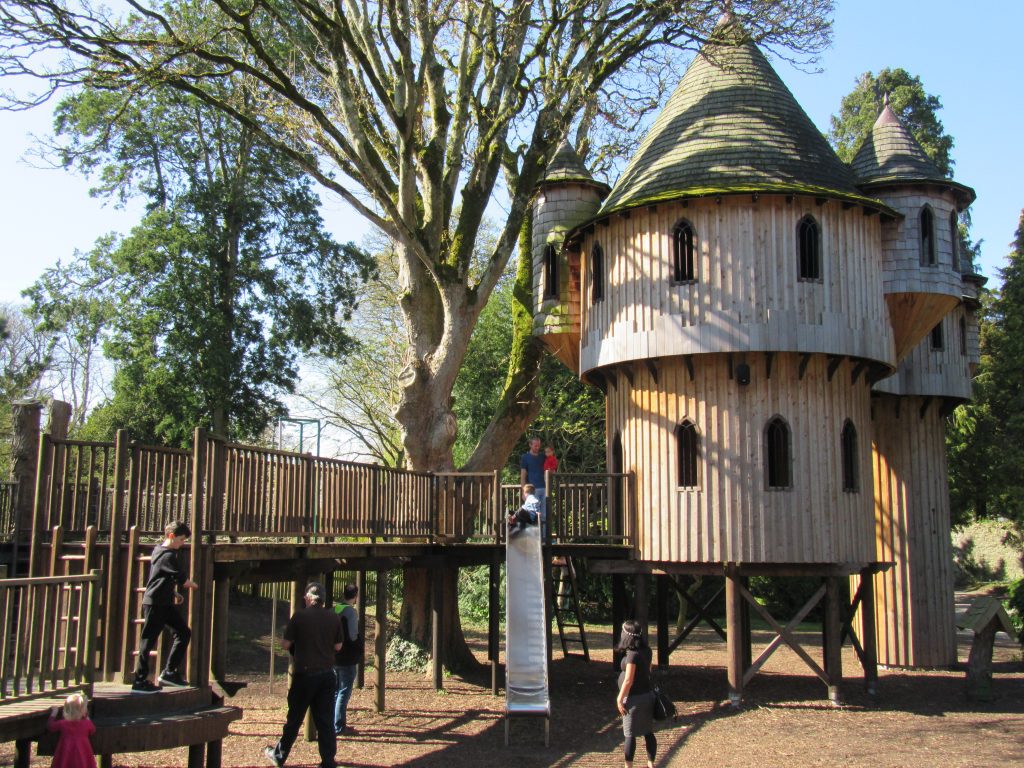
Is this an awesome playground, or what? They seem to go for wooden playgrounds here, and often quite creative and beautiful ones. V.G.
‘In the early 1840’s, the Third Earl of Rosse designed and built the largest telescope in the world. With this telescope, he discovered the spiral nature of some of the galaxies, and from 1845-1914, anyone wishing to witness this phenomenon had to come to Birr. And they came, in their hundreds, from across Europe and beyond, to observe the stars with Lord Rosse or simply to marvel at this feat of engineering in the middle of Ireland.’
‘This Reflecting telescope remained the largest in the world for over 70 years and is arguably the largest historic scientific instrument still working today.’
The castle is some guy’s house. Imagine. That’s the moat Cassia is looking at.
This is a really big tipped-over tree.
The next stop I had planned was Loughrea, County Galway. It has a cathedral with most excellent stained glass, Ireland’s only functioning medieval moat, and a large phallic standing stone covered in carvings, the Turoe Stone, which dates back more than 2000 years. Despite this alluring trifecta, we decided that as we’d loved both the Rock of Dunamase and Birr Castle way more than we’d expected, the day could be called complete and we could get on with finding our house and our dinner.
The following day we went to an old monastic site called Kilmacduagh. Like many ancient ruins in Ireland, it just sort of sits in a paddock with the cows. This one dates from the 7th century and includes the ruins of several churches, a monastery and a round tower, along with a graveyard. Again, excellent for hide-and-seek.
We drove through the Burren which is almost surreal. It’s an entire landscape of limestone. It’s like being on the moon or something. People live there and I can’t help wondering whether it gets oppressive every now and then. In 1651 one of Cromwell’s soldiers complained that ‘it is a country where there is not water enough to drown a man, wood enough to hang one, nor earth enough to bury them’. He does have a point, poor man.
Nonetheless – as long as your aim is not to kill someone – the 1500-acre Burren National Park has a lot more flora and fauna than you’d think at first glance. The soil in between the rocks, meagre as it is, is rich in nutrients and hosts an amazing range of plants that you wouldn’t expect to find in Ireland at all, let alone all together in one place. There are alpine and sub-arctic plants next door to flowers usually found in the Mediterranean, along with 23 of Ireland’s 27 orchid species. Because of the traditional farming methods still employed here the terrain is relatively unspoilt and undeveloped, and natural habitats stay mostly intact. If you’re in the right place at the right time you can see bats, otters, voles, squirrels, badgers, feral goats, minks, stoats, lizards, slow worms (legless lizards that grow to almost two feet long, which is something I’m quite happy to give a miss to, to be honest) and 95 recorded bird species. So, you know, there’s a lot going on in the Burren. You just have to look a bit harder to find it.
Next stop was Aillwee Caves and the Birds of Prey Centre. The caves sounded fun, I had free tickets, and there’s a fudge shop on the premises. Tourism win.
The Birds of Prey centre came first and we loved it. There were all sorts of birds to look at, with information cards, but the real fun started when they did the flying display. The birds are not trained, they’re wild(ish), and the handlers just sort of work with their natural behaviours (and a bag of tiny raw chicken scraps) to demonstrate how each different species does its thing. Some use height and spin to get an incredibly fast swoop; others rely on wing shape and feather formation to achieve their speed and accuracy. We learned how their anatomy and instincts work together to give them incredible hunting and defensive skills. Using their stash of chicken (and a few mice) the handlers sent them so high and far that we lost sight of them, then they’d come swooping in so fast and precisely that we felt the draught from their wings on the top of our heads. The birds could be out of sight when the tiny piece of chicken was dropped on the ground, and they could have it picked up and be out of sight again in the opposite direction before you’d realised what had happened. They were amazing. If you wanted you could then go down, put on a leather arm-protector thingy, let the birds sit on your arm and pat them. It’s a conservation effort and although they live at the centre the birds seem to have plenty of freedom. They wear trackers and the handlers told us about the immense distances they sometimes fly, and how they turn up in the local village where people know to call the centre and report their whereabouts. It was well worth the visit.
Then we moved on to the caves. Here’s the thing about growing up in New Zealand: It does ruin you for a lot of stuff. You hear about an amazing waterfall, or beach, or mountain range, or scenic route and you go there and think, well, it’s nice, but not as big/pretty/green/blue/spectacular as Piha/Mt Cook/Waioeka/Coromandel. It’s not that you mean to be a snob, it’s just that you can’t help it. I’d always imagined Waikiki to be the most glorious of beaches – I mean, Hawaii! Honolulu! – but when I got there it was a stony Mission Bay full of ageing hippies giving surfing lessons to people who’d walked out for fifteen minutes and were still only in thigh-high water. In New Zealand you wouldn’t give it the time of day. Hawaii does have far better, I know, but it also has many, many beaches that don’t rate at all by our standards.
So it was with Ailwee Caves. They have a typically Irish development history: they were discovered in 1944 by a farmer who was chasing his dog who was chasing a rabbit. He didn’t bother mentioning them to anyone for nearly thirty years (I guess something more interesting happened and bumped it out of his mind) until he got chatting to some cavers in a pub in 1973 and said that he just happened to have stumbled across a kilometre-long system of 350,000 year-old tunnels back when Winston Churchill was still in his heyday. The cavers went to look (and how surprised must they have been to find that it wasn’t just some blarney spun by an auld wan well into his cups) and the caves were opened to the public in 1976. They have Black Bear pits and bones, which is pretty cool, because Black Bears have been extinct for over 10,000 years. There were some good stalactites. But when you’ve spent the last few years living half an hour from Waitomo, and you’ve seen the glowworms and the natural cathedral where the local choir performs every Christmas and been on the boat ride through the gorgeous eerie stillness, you’re hard to impress. We knew this was likely to be the case but Cassia and Noah don’t remember going through Waitomo (3rd and 4th children – we already ticked the ‘cave experience’ box on our parenting list when the first two were the right age to enjoy it, forgot to do it again) so it seemed a good chance. It was a new and interesting thing for them, worth doing, but if you have time for one cave in your life, make it Waitomo.
I think we might leave it there, before your poor bleeding eyeballs fall out onto your keyboard, and pick it up again soon, because there’s plenty more of Galway to show you yet.



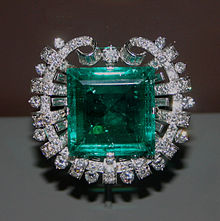
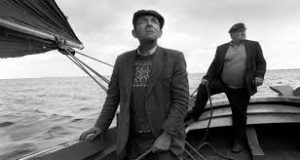
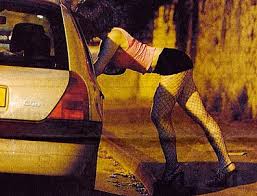

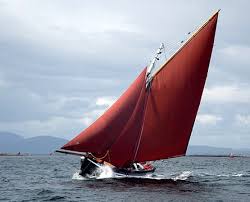
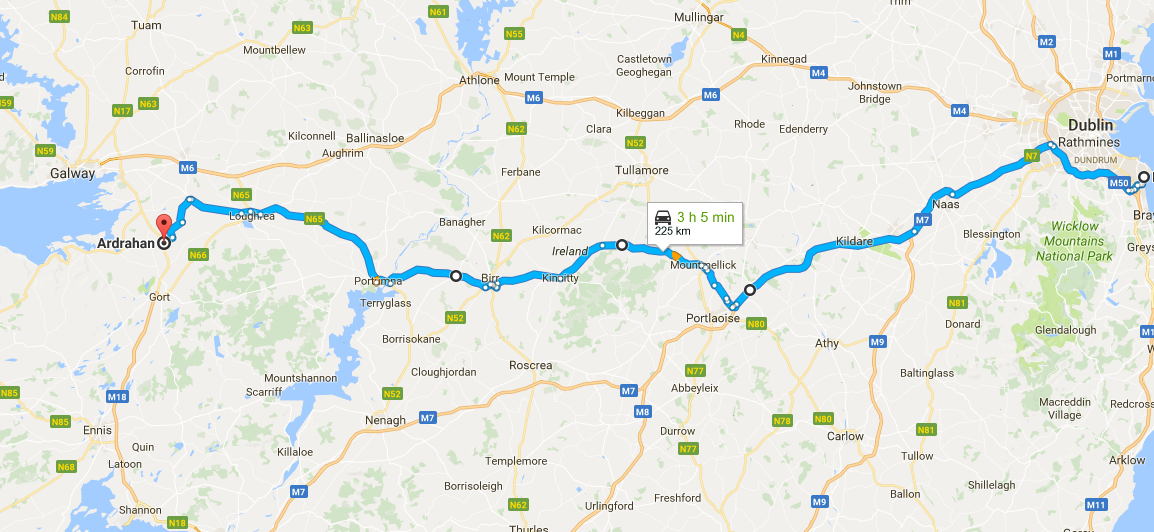
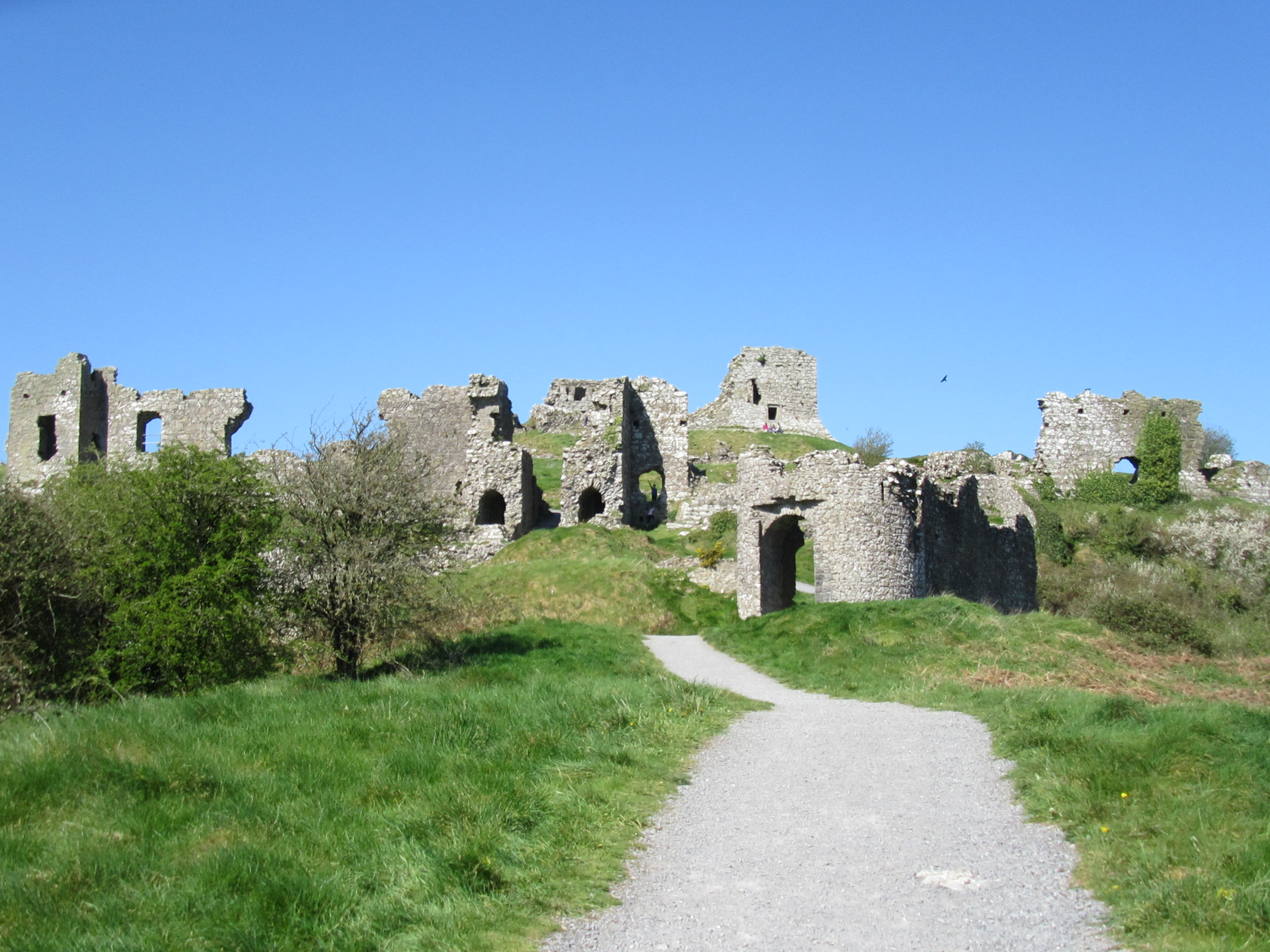
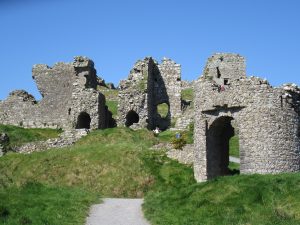
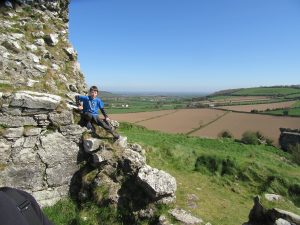
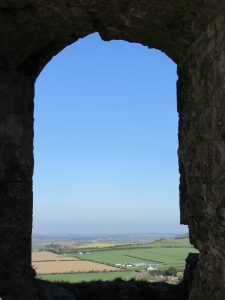
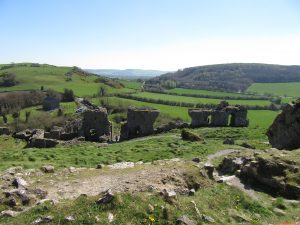
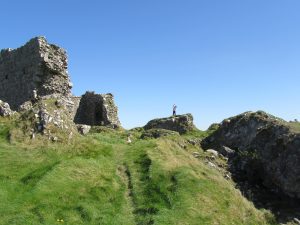
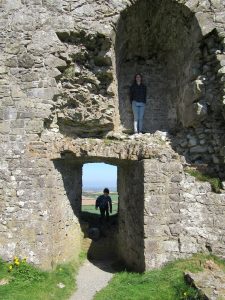

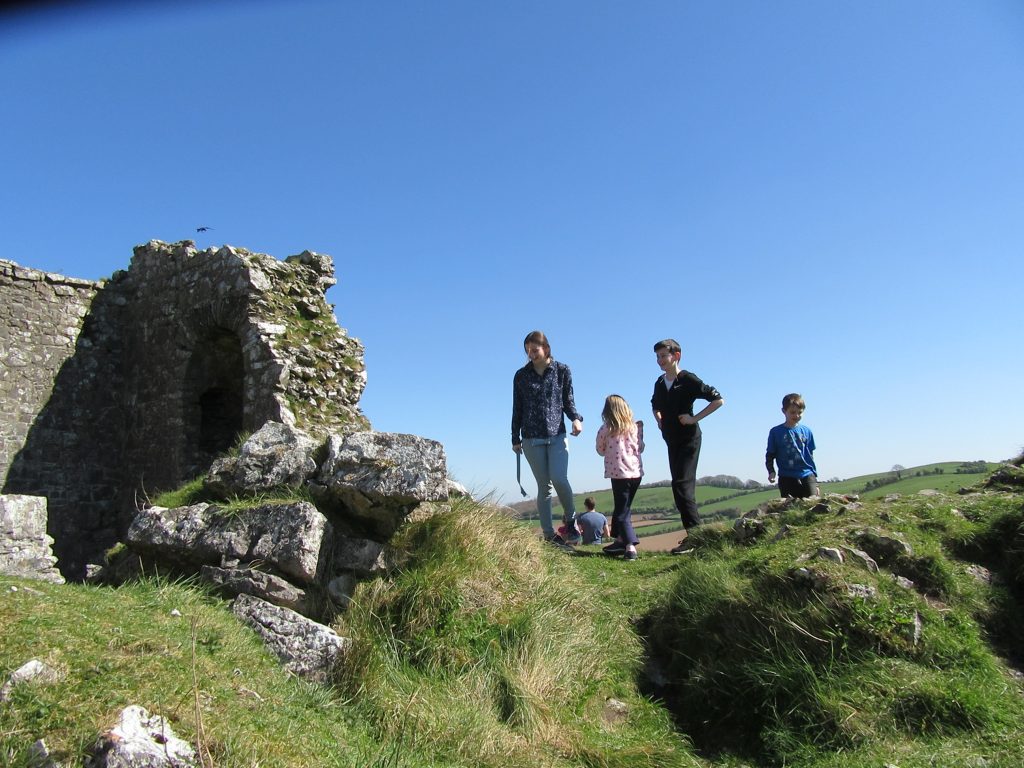
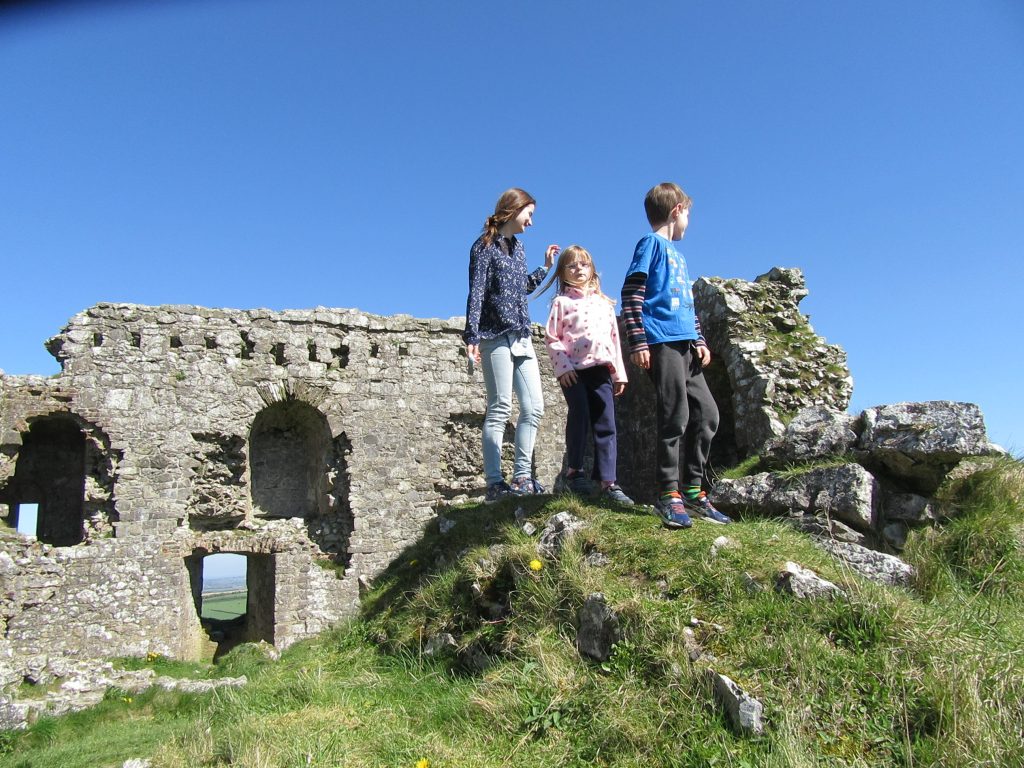
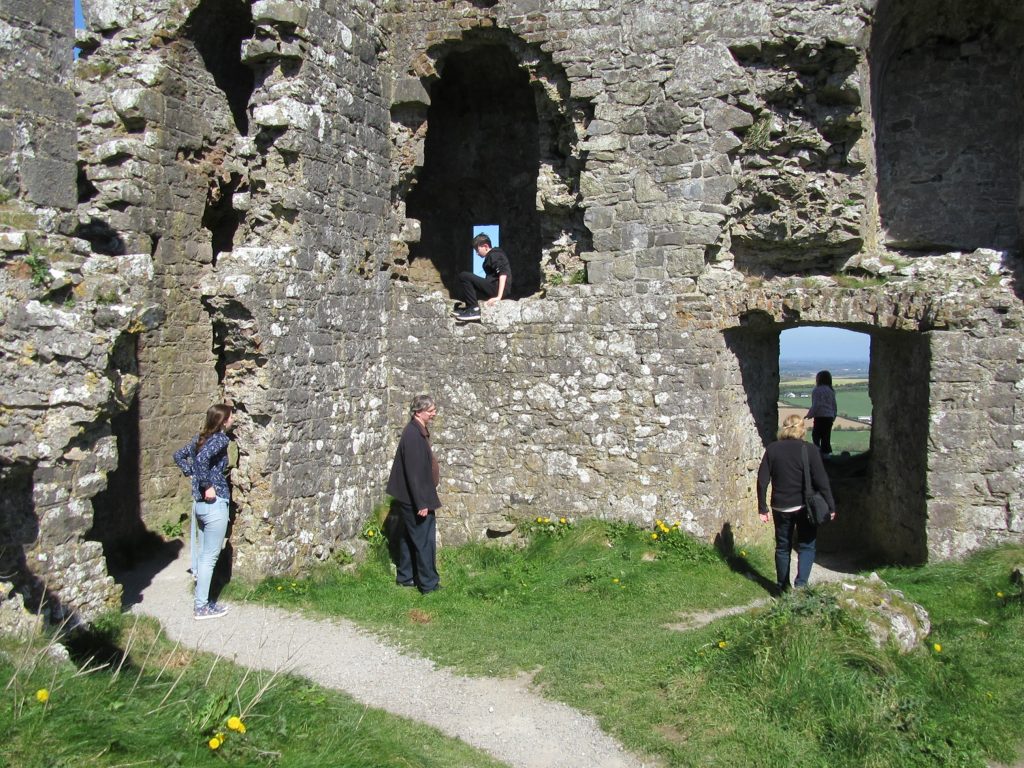
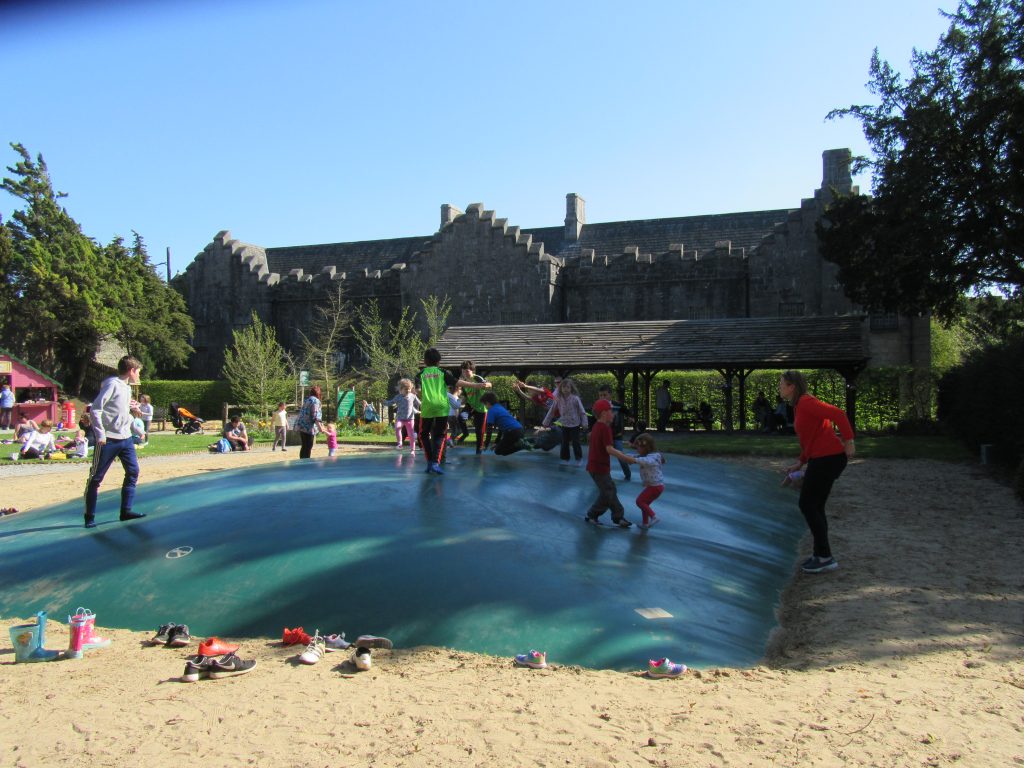
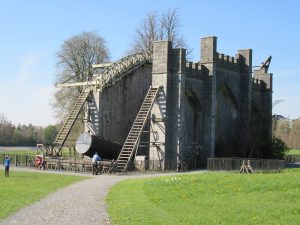
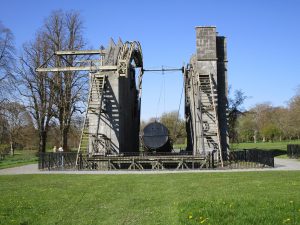
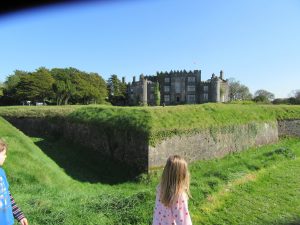
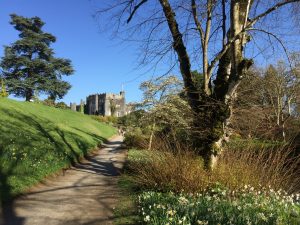
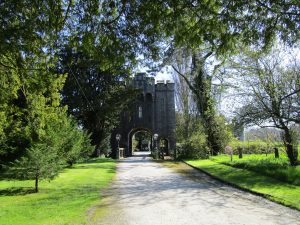
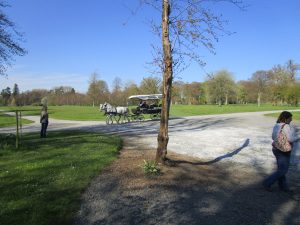
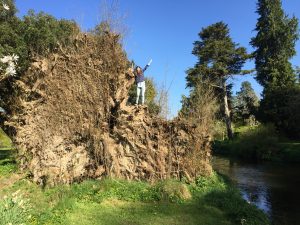
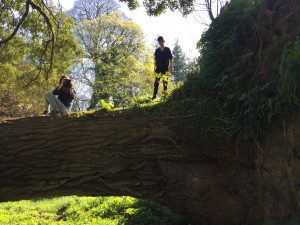
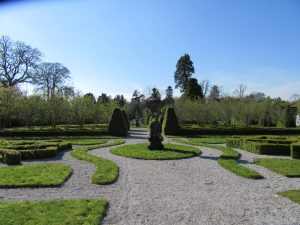
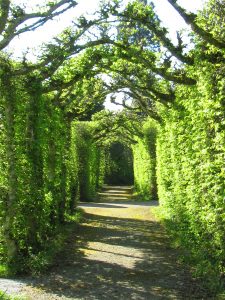
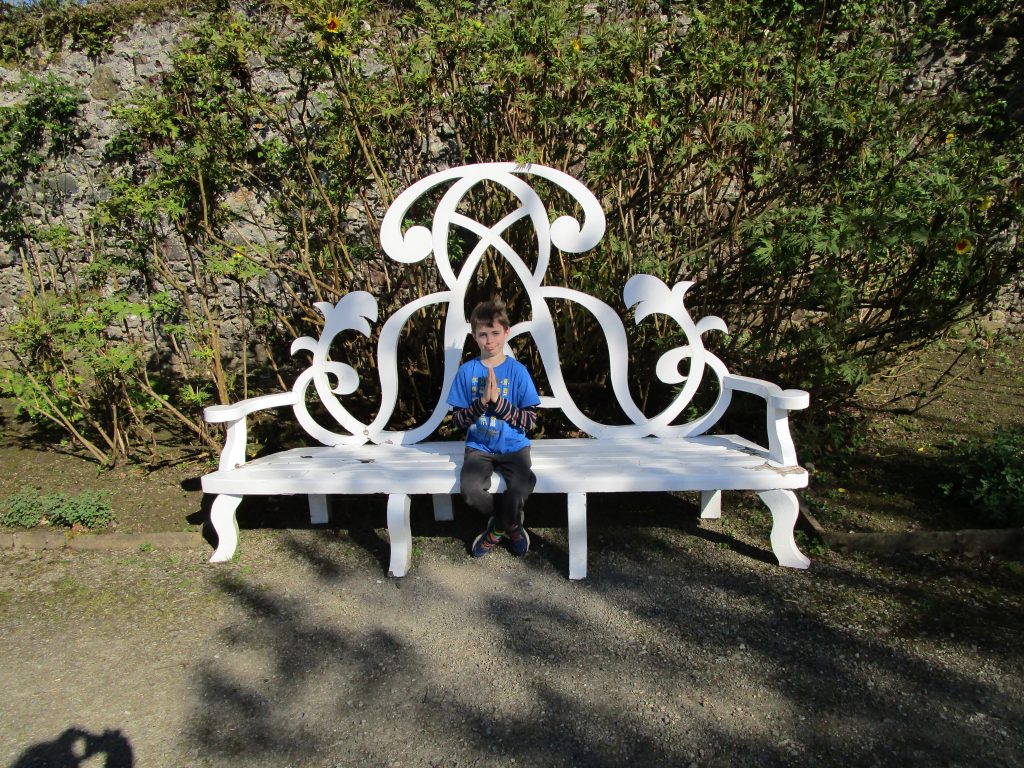
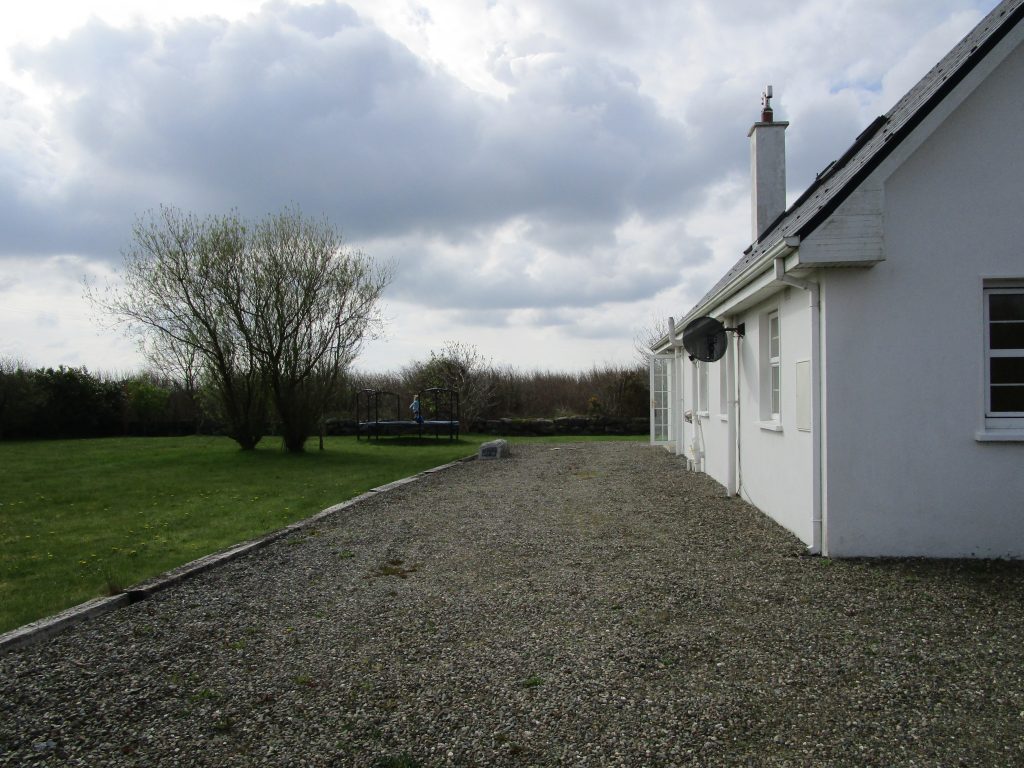
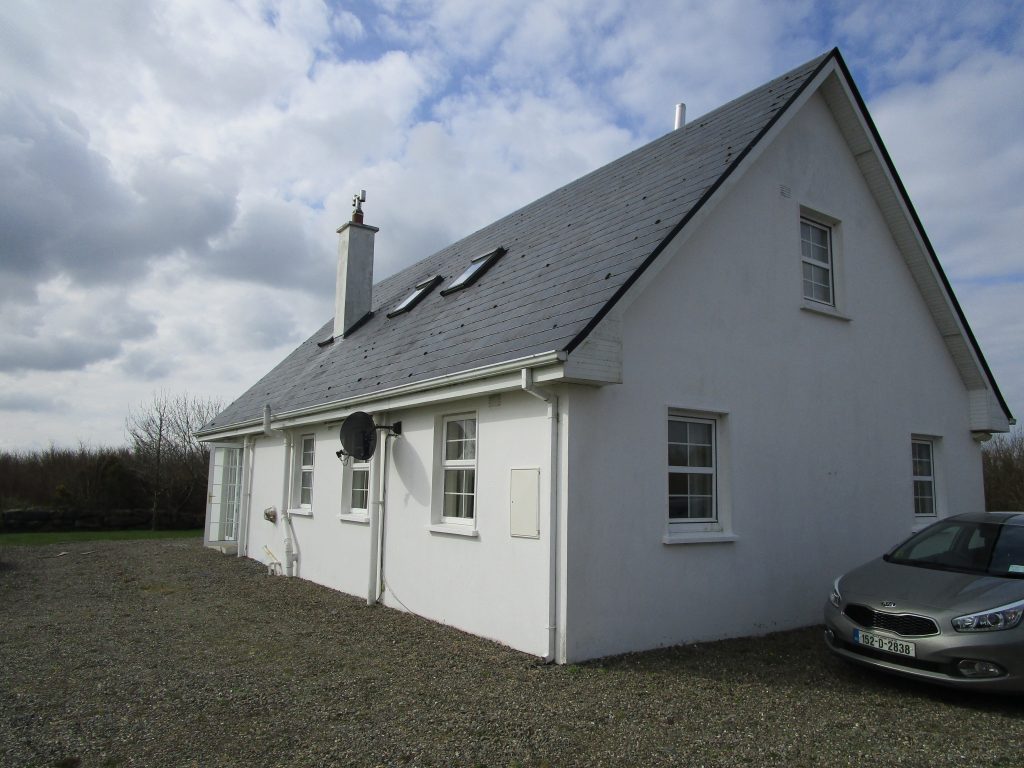
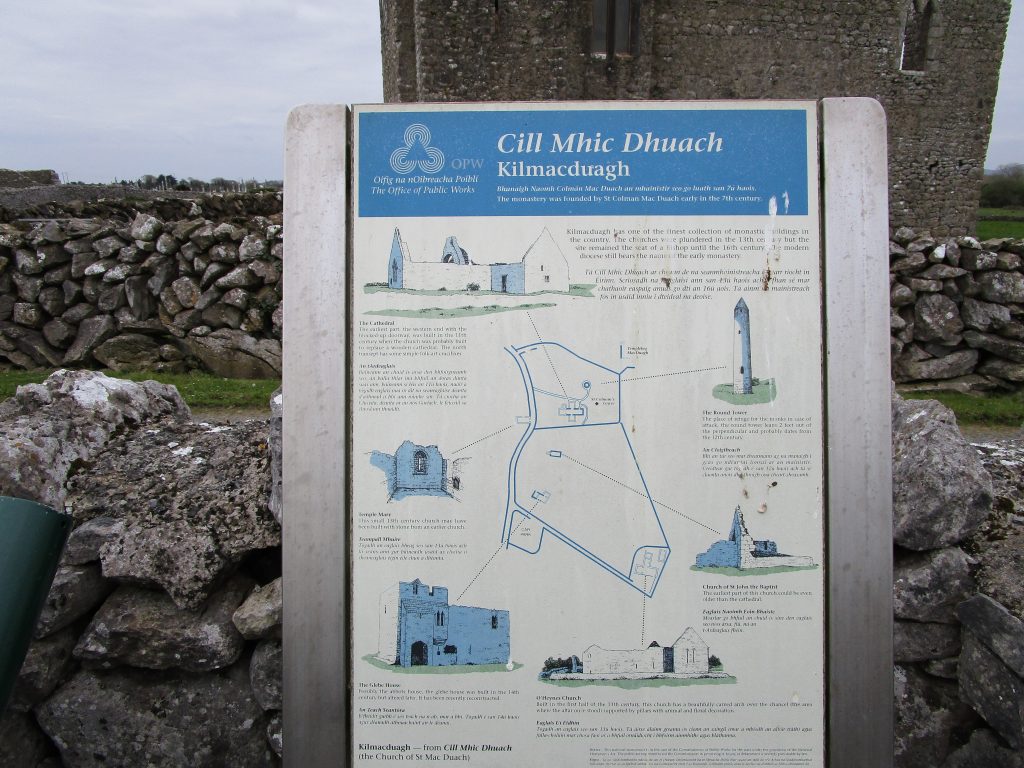
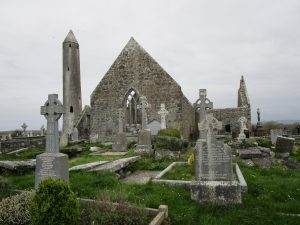

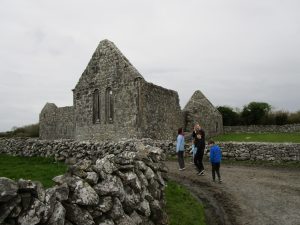
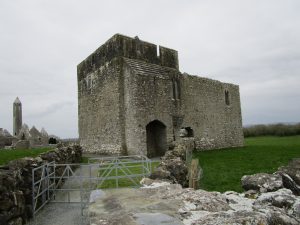
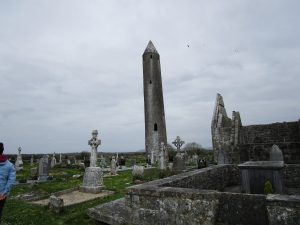
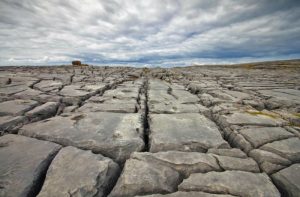
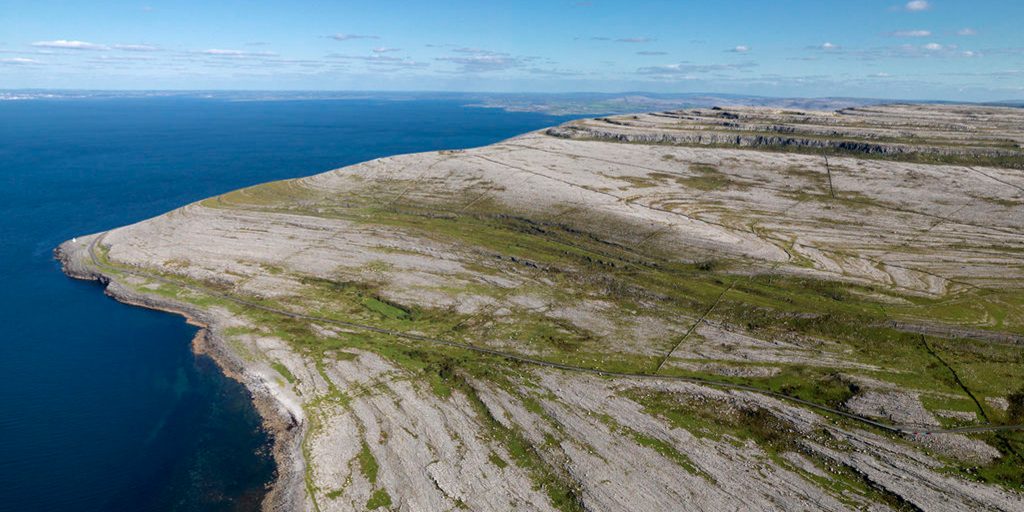
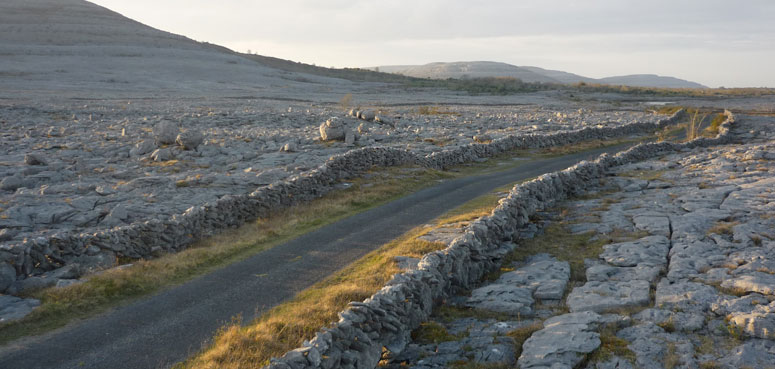





loved this travelogue so interesting Mel. Lots of love. I agree Waitomo is a wonder of the world!